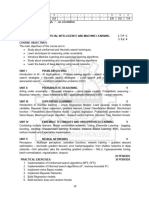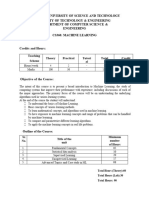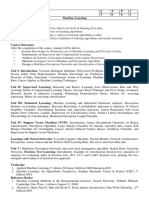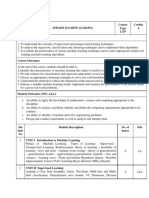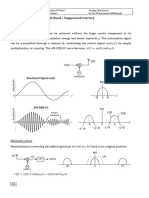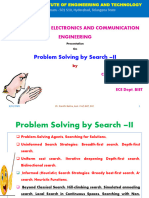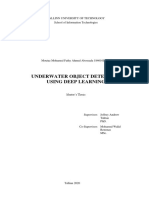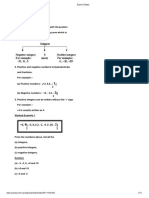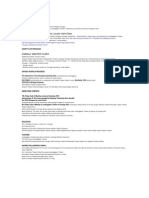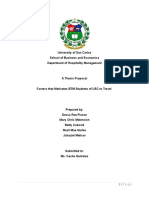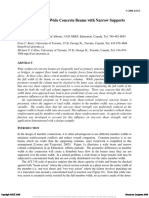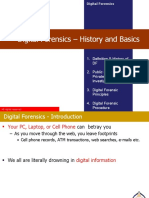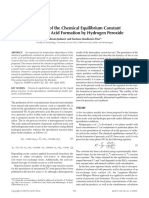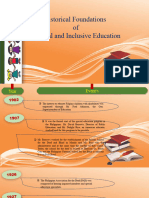0% found this document useful (0 votes)
22 views2 pagesMachine Learning
The document outlines two courses: CS800OE on Machine Learning and EC812PE on Radar Systems, detailing their prerequisites, objectives, outcomes, and unit topics. The Machine Learning course covers techniques like decision trees, neural networks, Bayesian learning, and reinforcement learning, while the Radar Systems course focuses on radar concepts, Doppler effects, MTI, tracking radars, and matched filter design. Each course includes recommended textbooks and reference materials for further study.
Uploaded by
projects allCopyright
© © All Rights Reserved
We take content rights seriously. If you suspect this is your content, claim it here.
Available Formats
Download as DOCX, PDF, TXT or read online on Scribd
0% found this document useful (0 votes)
22 views2 pagesMachine Learning
The document outlines two courses: CS800OE on Machine Learning and EC812PE on Radar Systems, detailing their prerequisites, objectives, outcomes, and unit topics. The Machine Learning course covers techniques like decision trees, neural networks, Bayesian learning, and reinforcement learning, while the Radar Systems course focuses on radar concepts, Doppler effects, MTI, tracking radars, and matched filter design. Each course includes recommended textbooks and reference materials for further study.
Uploaded by
projects allCopyright
© © All Rights Reserved
We take content rights seriously. If you suspect this is your content, claim it here.
Available Formats
Download as DOCX, PDF, TXT or read online on Scribd
/ 2
























